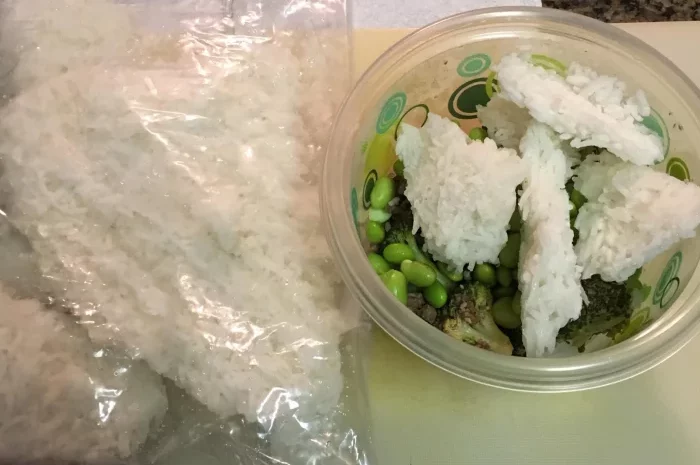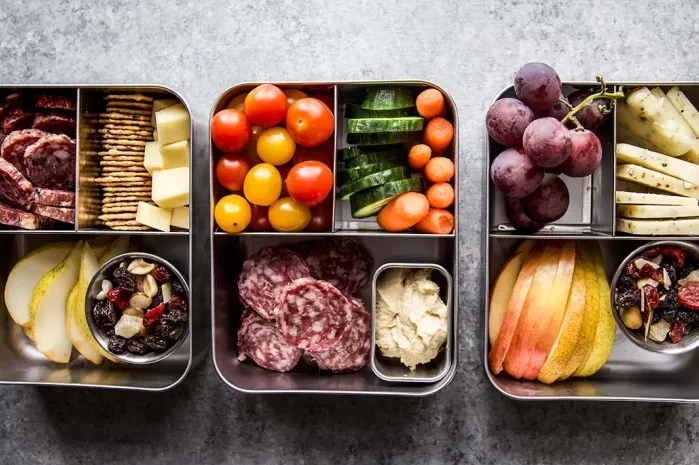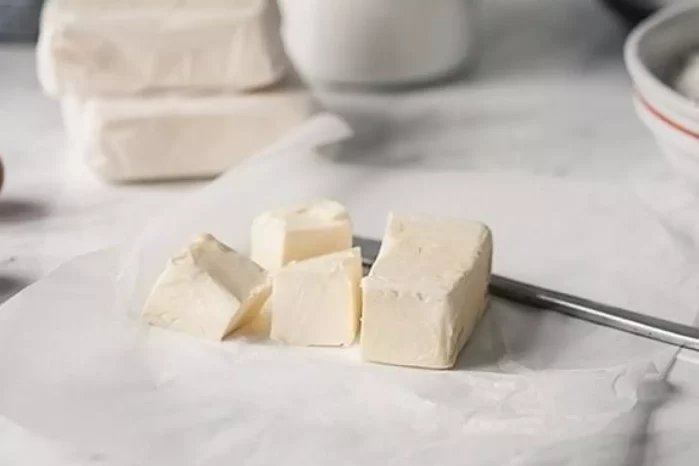Rice is a staple food consumed by billions of people worldwide, valued for its versatility, affordability, and nutritional benefits. However, cooking rice in large quantities often leads to leftovers that may not be consumed immediately. In such situations, freezing rice emerges as a convenient solution to preserve its freshness and extend its shelf life. Yet, questions regarding the safety of freezing rice may arise, prompting a closer examination of this preservation method.
In this comprehensive article, we will delve into the safety and benefits of freezing rice, exploring its impact on food quality, storage considerations, and best practices for freezing and thawing.
Whether you’re a home cook, meal prepper, or simply seeking to minimize food waste, understanding the safety of freezing rice is essential for maintaining a well-stocked and efficient kitchen.
Understanding the Freezing Process
Before delving into the specifics of freezing rice, let’s briefly explore the science behind freezing and its role in food preservation:
Freezing Process:
Freezing is a method of food preservation that involves lowering the temperature of food to below its freezing point, typically around 0°F (-18°C). At this temperature, the growth of microorganisms that cause food spoilage is significantly slowed down, preserving the quality and freshness of the food.
Impact on Food Quality:
Freezing slows down enzymatic activity and microbial growth in food, helping to maintain its texture, flavor, and nutritional content. However, the quality of frozen foods can still deteriorate over time due to factors such as freezer burn, temperature fluctuations, and improper packaging.
Factors to Consider When Freezing Rice
When considering the safety of freezing rice, several factors come into play:
1. Moisture Content:
Rice contains varying levels of moisture, depending on the type and cooking method. High-moisture rice varieties, such as sticky rice, may retain more water and become mushy when frozen. Properly cooked and cooled rice with a moderate moisture content is best suited for freezing.
2. Microbial Growth:
Freezing effectively inhibits the growth of bacteria and other microorganisms that cause foodborne illnesses. However, it does not eliminate existing bacteria present in improperly cooked or contaminated rice. It’s essential to cook rice thoroughly and handle it safely before freezing to minimize the risk of foodborne illness.
3. Texture and Flavor:
Freezing can alter the texture and flavor of rice, especially if it is not properly prepared or packaged. Rice may become dry, clumpy, or mushy when frozen and thawed, depending on the variety and cooking method. Choosing the right type of rice and following recommended freezing techniques can help preserve its quality.
4. Storage Conditions:
Proper storage conditions are critical for maintaining the safety and quality of frozen rice. Rice should be cooled to room temperature before freezing to prevent condensation and moisture buildup in the packaging. It should also be stored in airtight containers or freezer bags to minimize exposure to air and moisture.
Benefits of Freezing Rice
Despite potential concerns, freezing rice offers several benefits that make it a practical and convenient option for home cooks:
1. Food Preservation:
Freezing rice allows you to preserve leftovers and cooked rice for future use, reducing food waste and saving time and money. It’s an excellent way to extend the shelf life of rice and ensure that you always have a ready-to-eat staple on hand.
2. Meal Prep:
Frozen rice can be portioned and stored in individual servings, making it easy to incorporate into meals as needed. It streamlines the meal preparation process, especially for busy weeknights or packed lunches.
3. Versatility:
Frozen rice can be reheated and used in a variety of dishes, including stir-fries, casseroles, soups, and salads. It provides a convenient base for quick and nutritious meals, allowing for endless culinary possibilities.
4. Convenience:
Having frozen rice readily available eliminates the need to cook rice from scratch every time you want to enjoy it. It’s a time-saving solution for busy households and ensures that you always have a backup supply of rice on hand.
Best Practices for Freezing Rice
To ensure the safety and quality of frozen rice, follow these best practices:
1. Cook Rice Thoroughly:
Cook rice according to package instructions, ensuring that it is fully cooked and tender before freezing. Properly cooked rice is less susceptible to bacterial contamination and retains better texture when frozen and thawed.
2. Cool Rice Properly:
Allow cooked rice to cool to room temperature before freezing to prevent condensation and moisture buildup in the packaging. Spread the rice out on a baking sheet or shallow pan to facilitate rapid cooling.
3. Portion Rice:
Divide cooked rice into individual portions or meal-sized servings before freezing. This makes it easier to thaw and use only the amount needed for a recipe or meal.
4. Use Airtight Packaging:
Transfer cooled rice to airtight containers or freezer bags, removing as much air as possible before sealing. Properly sealed packaging helps prevent freezer burn and preserves the quality of the rice.
5. Label and Date:
Label each package of frozen rice with the date of freezing and any relevant information, such as the type of rice and portion size. This helps track storage time and ensures that you use the oldest packages first.
6. Store Properly:
Place packaged rice in the coldest part of the freezer, away from other strong-smelling foods. Maintain a constant freezer temperature of 0°F (-18°C) or lower to ensure optimal food safety and quality.
Thawing and Reheating Frozen Rice
When ready to use frozen rice, follow these safe thawing and reheating methods:
1. Refrigerator Thawing:
Transfer frozen rice to the refrigerator and allow it to thaw overnight. Thawed rice can be reheated in the microwave, stovetop, or oven until heated through.
2. Cold Water Thawing:
Place the sealed package of frozen rice in a bowl of cold water and allow it to thaw for a few hours, changing the water every 30 minutes. Once thawed, reheat the rice as desired.
3. Microwave Thawing:
Microwave frozen rice on a defrost or low-power setting, stirring occasionally to ensure even thawing. Once thawed, heat the rice in the microwave until warmed through.
Conclusion
In conclusion, freezing rice is a safe and convenient method for preserving this beloved staple food. When done correctly, freezing allows you to extend the shelf life of cooked rice, minimize food waste, and streamline meal preparation.
By following proper cooking, cooling, packaging, and storage techniques, you can ensure the safety and quality of frozen rice for future use. Whether you’re meal prepping for the week ahead or simply looking to stock your freezer with convenient meal options, freezing rice offers an efficient and practical solution for home cooks of all levels.
With the right knowledge and techniques at your disposal, you can enjoy delicious, perfectly cooked rice whenever the craving strikes.

























